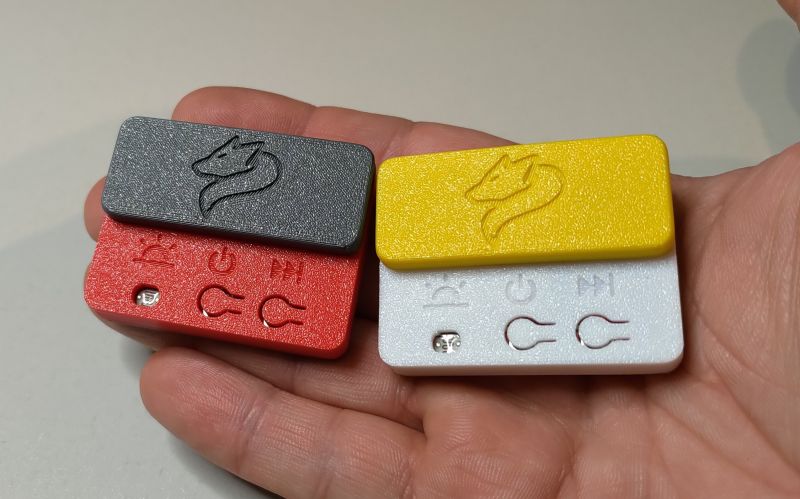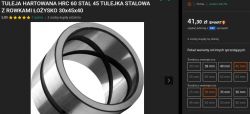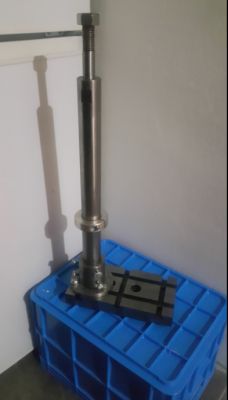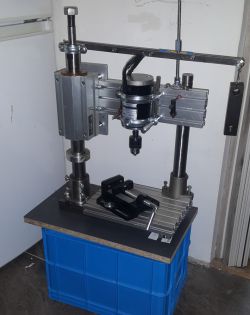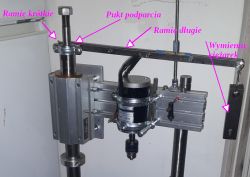Good morning.
I wanted to introduce my next design which is a threading arm.
The base of the machine is a 400 kg magnetic lifter ordered from a well-known Chinese portal for the sum of 330 PLN.
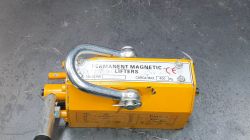 .
.
I bolted a flat bar to the top of the magnet with a welded 30 mm shaft. I then screwed linear bearings to the 80x80 profile on both sides and put the whole thing on the shaft.
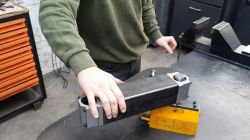 .
.
The next components of the arm are two 30x30 profiles which are supported by two 120 N actuators.
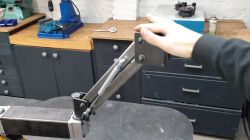 .
.
The last element of the arm is a screwdriver handle made of 15 mm sheet metal.
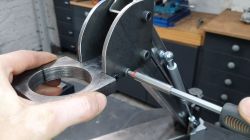 .
.
I also decided to make a threading head for the shafts.
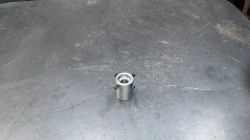
The largest threader I had was 14mm and it went without a problem, but the thread is not very deep despite using a 12mm thread drill.
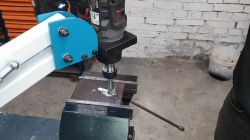 .
.
You can see the entire stage from the machine build and testing in the video below.
I encourage questions and comments.
.
I wanted to introduce my next design which is a threading arm.
The base of the machine is a 400 kg magnetic lifter ordered from a well-known Chinese portal for the sum of 330 PLN.
 .
.I bolted a flat bar to the top of the magnet with a welded 30 mm shaft. I then screwed linear bearings to the 80x80 profile on both sides and put the whole thing on the shaft.
 .
.The next components of the arm are two 30x30 profiles which are supported by two 120 N actuators.
 .
.The last element of the arm is a screwdriver handle made of 15 mm sheet metal.
 .
.I also decided to make a threading head for the shafts.

The largest threader I had was 14mm and it went without a problem, but the thread is not very deep despite using a 12mm thread drill.
 .
.You can see the entire stage from the machine build and testing in the video below.
I encourage questions and comments.
Cool? Ranking DIY



